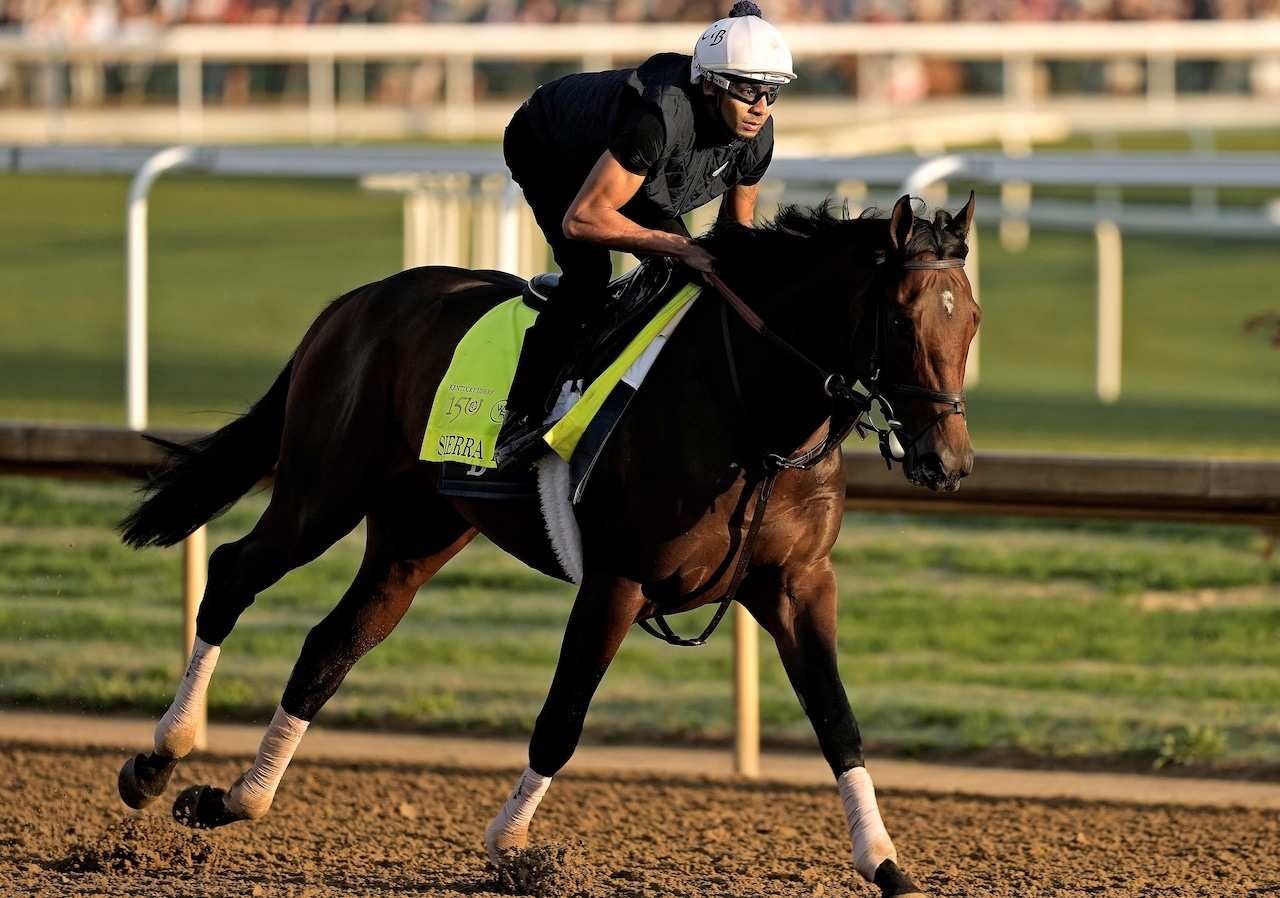How did 80-1 Rich Strike win the Kentucky Derby in 2022, or how did Donerail, the largest Kentucky Derby underdog ever, win it at 91-1 in 1913?
Why did the 2-1 favorite of trainer Bob Baffert Point Given, whom he called “the best horse I ever had who didn’t win that race” fail? How did unbeater Native Dancer, at the shortest Derby odds in 150 years, 0.70-1, lose it in 1953?
Wrong questions. You can check the Derby pedigrees as far back at the first winner — Aristides. You can wear your pencil down to a stub, scrawling what dedicated gamblers call “the numbers” all over your Daily Racing Form.
But you won’t figure it out it — not until the last Kentucky Derby horse crosses the finish line. It’s called racing luck and all the logic, bloodlines and predictions can’t erase it or create it.
Want to bet on the Kentucky Derby?
See the best NYC Sports Betting sites
Only once did I ever think I understood it. That was at the Belmont Stakes in 1973, when Secretariat ran so far ahead, television was forced to use a split screen to get the whole field in the picture. I had a television gig after the race. The track was hit by lightning and we lost the picture for four seconds. When it came back, I told the viewers:
“Don’t touch your dial. Nothing is wrong with your set. That was just Pegasus telling Secretariat, ‘Now, that’s what I’m talking about, kid.’”
I ain’t that clever. I swear the words were his.
Now back to racing luck. When you go to bet your Derby horse, understand this. The Derby is like no other race. For openers, 20 horses in a single race are just too many. There are three spots on this racetrack where racing luck can kill you. It begins at the starting gate.
The bell rings and they are off — some of them. Every trainer has told his jockey where he wants their horse to be in these first few jumps. All the other jocks have their own ideas. The collisions can be ferocious. A lot of Derby dreams will die right there.
The next time…
Read the full article here

Leave a Reply